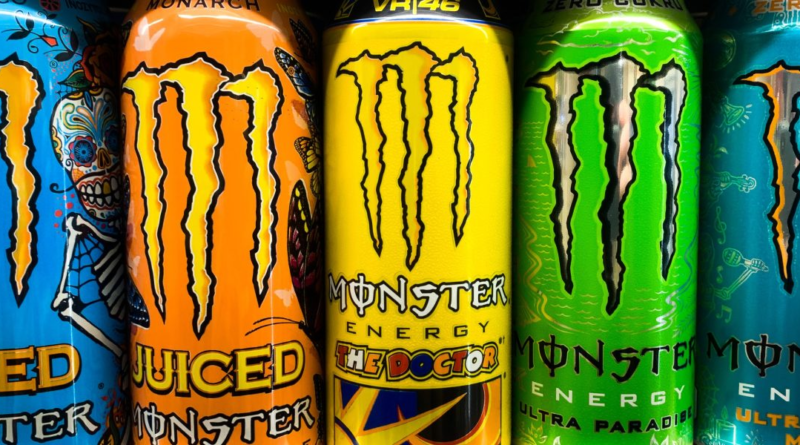Red Bull needs to watch its back, according to analysts
For many years energy drink giant Red Bull has enjoyed dominating the market—but for the first time the European brand may have a serious rival across the Atlantic.
According to the bank HSBC, U.S.-based competitor Monster Beverage may be the underdog that could knock Red Bull from the top spot of the industry estimated to be worth $108.40 billion by 2031.
“We forecast revenue growth for Monster in the U.S. ahead of industry growth, achieved through more targeted marketing and brands,” HSBC analyst Carlos Laboy wrote in a note seen by Fortune on Monday.
There are several factors, Laboy said, which are working in Monster’s favor.
First, energy drinks have a predominantly male consumer base, which Monster is trying to change.
New labels like Bang Energy—which Monster acquired for $362 million last month—are helping the brand distinguish itself by attracting more female customers.
It’s also a maneuver to get ahead of Red Bull, with both businesses currently operating with a 60% male consumer base.
Laboy also wrote that Monster’s foray into wellness and ready-to-drink alcoholic beverages—it released new 6% range, The Beast Unleashed, at the start of this year—is helping the company reach a wider mass.
Finally, Laboy said that international growth in Latin America, Europe, the Middle East, and Africa could further catapult Monster ahead of its competitors and become huge sources of revenue.
“Over the next decade, LatAm and EMEA together could become a revenue source larger than the current size of Monster’s North American business,” Laboy wrote.
One way to expand in the EMEA markets, Laboy thinks, would be to take after beverage giant Coca-Cola, which owns a minority stake in the brand.
“In EMEA, we believe that Monster could triple revenues over the next 10 years if it can, through its Coke distributors, reach the same U.S.-EMEA-LatAm revenue mix as the Coca-Cola Company,” Laboy wrote.
In 2022, Coca-Cola made a majority of its revenue (36.5%) from its North American operations, while EMEA and Latin America constituted 16% and 11.4%, respectively.
As it is, Monster is a dominant player in the energy drink market, which Laboy writes is worth $70 billion worldwide and $20 billion in the U.S. alone.
HSBC’s analysis shows that energy drinks are the fastest-growing segments among U.S. beverages, which presents a big opportunity for Monster to capitalize on.
“The energy beverage category, specifically Monster, is the most investable growth story in the beverage industry, we believe,” Laboy added.
Monster vs. Red Bull
Despite Monster’s position among energy drinks, it still has to compete with Red Bull’s clout in terms of brand value.
Red Bull was among the first players in the industry when it introduced its caffeinated energy drinks in the 1980s, becoming a crucial pick-me-up for those looking for non-coffee alternatives.
And although Monster Beverage was also born around the ’80s, it wasn’t until 2002 that its energy drink hit the market.
The two companies have since gone head-to-head among canned energy drinks, even as other players like the health-focused Celsius and Prime Energy have entered the market.
For its part, Red Bull has also tried to maintain the lion’s share it occupies through its fierce marketing—often using sports franchises that its parent company, Red Bull GmBH, owns.
The fiercely competitive company has also sued brands trying to copy its signature blue-and-silver cans and brought cases against beverage companies with similar names.
The HSBC analyst pointed out that what Red Bull lacks in differentiated products, it makes up for through its position as a premium brand. So, Monster needs to work double duty to overtake its Austrian competitor.
Currently California-based Monster holds roughly 43% of the energy drink market by volume in the U.S., compared to Red Bull which stands at 27%, according to HSBC.
“Red Bull generally sells for almost double the price of Monster Energy per fluid ounce,” Laboy wrote. “Therefore, to control roughly the same amount of revenue in the U.S. as Red Bull, Monster needs to move roughly double the volume.”
Monster’s ability to take the lead in the energy drinks segment ultimately hinges on two things, according to Laboy: the company’s ability to keep a steady pace of sales growth, and its success in capturing the younger, wellness-minded consumers within and outside the U.S.
Representatives at Red Bull and Monster didn’t immediately return Fortune’s request for comment.

